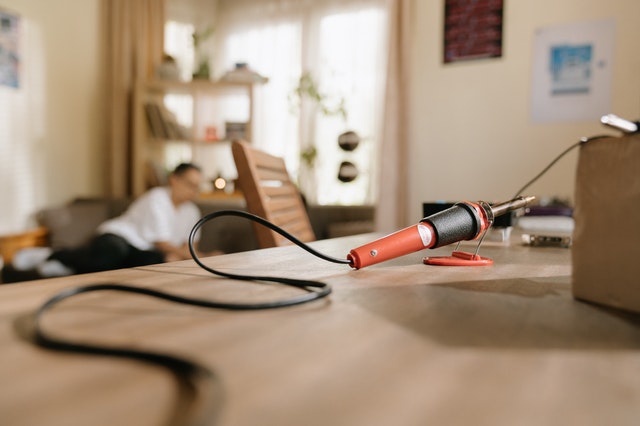If you cannot pay for each packaging machine for troubleshooting, listed below are some of the problems along with the solutions.
Inconsistent Filling
Filling machines use different types of filling principles and filling nozzles. The inconsistent filling can come from various sources. The source is due to incorrect application or installation of the filling machine.
Inside the bottles, the nozzles must be positioned by the filling machine installation—some vents, such as those that dip into a cup and form a seal. Compression must be placed on these nozzles to achieve consistent and uniform play. Operators should check that the vents are aligned with the bottles and that they are agitated at the same time. The containers are moved in and out of the nozzles together with tips such as inlet hooks and a star wheel or other outlet of the system. The operator must evaluate the slide guides to ensure that the bottles are aligned at this point in the indexing system.
The machines are usually controlled by a PLC, which has an interface. The operator interface allows the user to set charging times along with the delay and also period times for components such as mental immersion, index pump, and more. These machines will be supplied with tank configurations on a recipe screen. They can be displayed using interval or filling times, delay times, or by entering the product and bottle recipe. The setting operators are correct. It is good to keep a copy of the settings and keep the PLC updated in case of a violation in different states, power failure, or even a severe environment.
If inconsistent matches persist, all user elements should be checked and replaced if necessary after completing these assessments. Nozzles contain O-rings or seals that will need to be replaced over time. These O-rings, components, and gaskets that are connected may allow air to escape. Since a little air can cause the hose to connect to the machine along the way, operators should inspect and tighten the hose clamps like a tool. An operator can be guided through these tests to fill most of the time.
Inconsistent Sealing
It is not inconsistently feasible to start with closures or lids, which could lead to cross-threaded caps that come off after there is a packaging line that is currently filling. Like fillers, the equipment varies depending on the type of closure and seal. However, the solution will rely more on the control of the installation and the parts used.
The equipment, in the case of wheels, ahead, pressure buckle, or accessories, must be placed in the containers and sealed. The operator must check the stuff to ensure that the caps are in contact to create this seal. Adaptation to the unit’s height and width shall involve an adjustment to the height and width of the group and may include trial and error. If the unit appears ready, care must become part of it. Tapes, guides, cover tabs, and cover stabilizers are used to ensure proper sealing. Movement can be disastrous if bottles or caps are not stabilized. These elements, currently preserved during the production of bottles and caps, are protected by the process.
Machine wear parts are essential components. The screw caps that are pressed in are pressed in by the belts. The gripping straps touch the glass. They become effective because these parts are lying. Operators can inspect and replace the components used. Following these steps will solve inconsistent plugging accidents.
Bottle Tipping and Spills
The secret to solving container spill and spill problems is to identify the source. If plans or blockages occur in an area, the operator can resume inspections. An indexing system following the example of a filling system can lead to bottles. Incorrect filling times can lead to blockages. Belts that compress too much in a glass station can compress the product.



